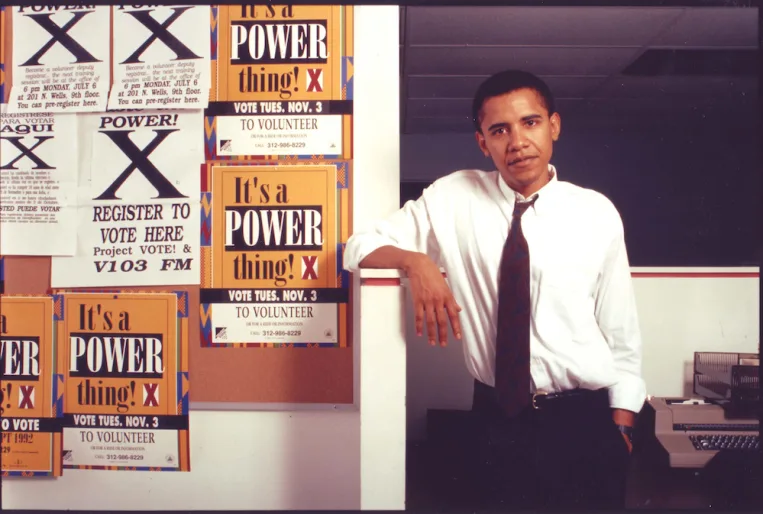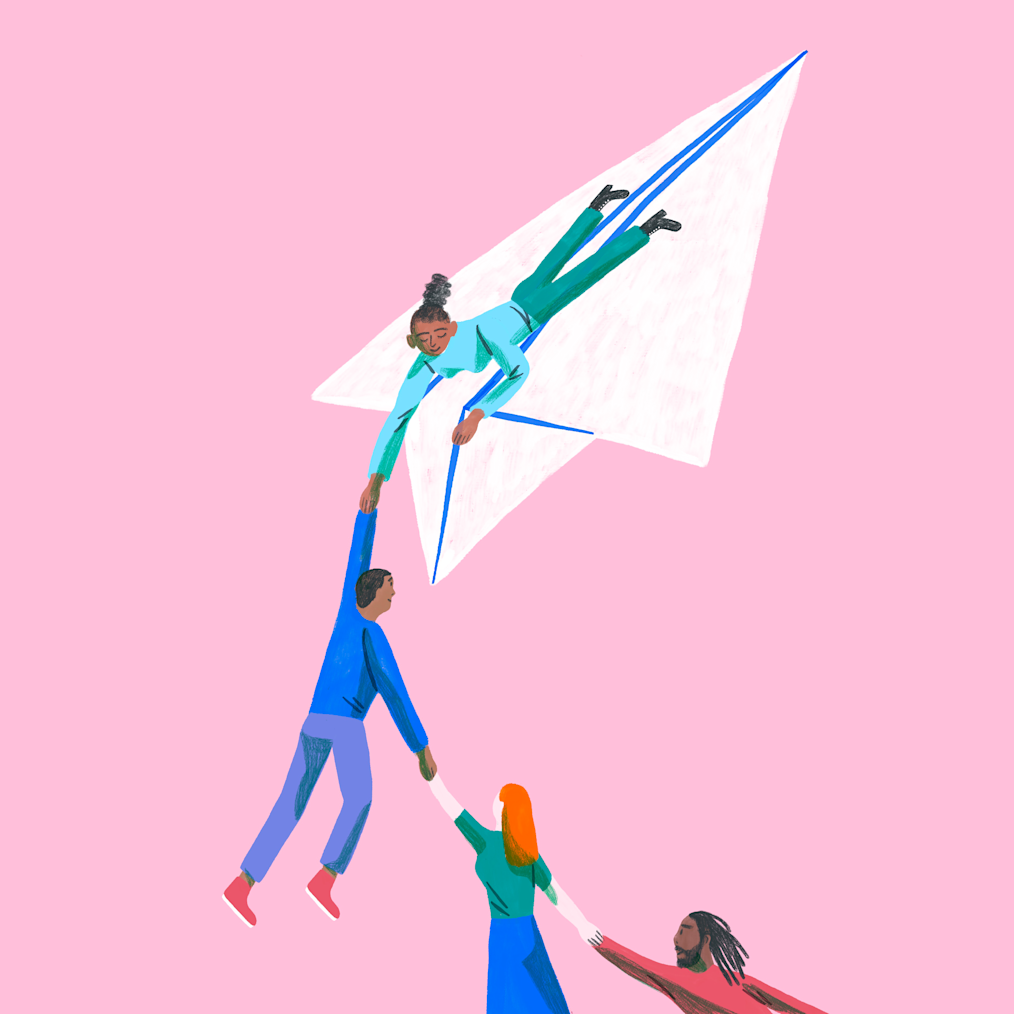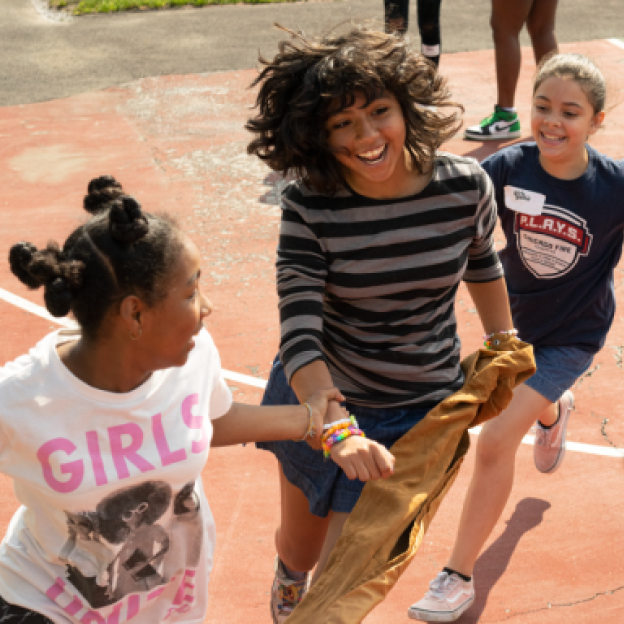Why Chicago’s South Side means so much to the Obamas
- Chicago
- The Center
- Michelle Obama
The South Side is an historic community with vibrant institutions like the DuSable Museum and Museum of Science and Industry, strong faith communities, successful business leaders, and important community-based organizations. These surroundings make Jackson Park the ideal home for the Obama Presidential Center.
When first planned, the area including today’s Jackson Park was known simply as South Park. It included today’s Jackson and Washington Parks, located just a few miles from each other and connected by the Midway Plaisance. The famed landscape architects Frederick Law Olmsted and Calvert Vaux published a design for South Park in 1871, during an era when the residents of the South Side of Chicago dwelled in everything from stately mansions to overcrowded tenements. Olmsted’s vision was to revitalize communities and enrich people’s lives.
Architect Daniel H. Burnham spurred the development of Jackson Park when he suggested it as the site for the 1893 World’s Fair: Columbian Exposition. Today, Jackson Park still has a number of its World’s Fair legacy assets and attractions. The Palace of Fine Arts building has become the Museum of Science and Industry. Also remaining are the Golden Lady statue, which is a smaller version of Daniel Chester French’s Statue of the Republic and which originally stood at the base of the Fair’s Court of Honor, and the Wooded Island and its famed Osaka Garden.
For over a century, the South Side of Chicago has been the home of artists, innovators, and other agents of change.
This is where Chicago Black Renaissance writers Richard Wright and Gwendolyn Brooks depicted the culture of the urban ghetto, where investigative journalist Ida B. Wells opened America’s eyes to the horror of lynchings in the rural South, and where Langston Hughes chronicled the black experience as a columnist for the Chicago Defender, the influential black weekly newspaper that continues to publish today.
The First Lady, then Michelle Robinson, grew up in a two-story house on Euclid Avenue in Chicago’s South Shore community, and attended elementary school down the street. Her father, Fraser, was a city pump operator and a Democratic precinct captain. Her mother, Marian, was a secretary at the Spiegel catalog, who later stayed home to raise Michelle and her older brother, Craig.
The years President Obama spent working as a community organizer on the South Side were “the best education I ever had,” he recalls. As the director of the Developing Communities Project (DCP) in the Roseland neighborhood, Obama helped set up a job training program, a college prep tutoring program, and a tenants’ rights organization in the Altgeld Gardens housing projects.
In 1989, President Obama took a summer internship at a top Chicago law firm, Sidley & Austin, where a young associate named Michelle Robinson was assigned to be his adviser and show him around. He remembers: “I asked her out. She refused. I kept asking. She kept refusing. Finally, I offered to quit my job, and at last she relented.”
1992 was an election year, and President Obama became the director of Illinois Project Vote!, an organization focused on registering minority voters. That year, a huge turnout among African Americans forever altered Chicago’s electoral landscape, and a 31-year-old lawyer became a rising political star.
A ribbon of world-class cultural institutions stretches across the South Side, from the South Shore Cultural Center up the lakefront to the Museum of Science and Industry, to the University of Chicago and its many museums and performance spaces, and the DuSable Museum of African American History in Washington Park. The Obamas have significant ties with the University of Chicago. Barack Obama taught on the Law School faculty for 12 years until his election to the U.S. Senate in 2004, and Michelle Obama provided leadership in several senior administrative roles at the University and its medical center.
In addition to the University of Chicago, other local educational institutions include the University’s Laboratory Schools, local high schools, Hyde Park Academy and Mt. Carmel High, and the Illinois Institute of Technology.
The Obama Presidential Center will proudly join the ranks of these institutions, catalyzing investments in infrastructure that will help strengthen their ties to the greater Chicago community. Following the South Side’s tradition of creativity, innovation, and activism, the Center will bring together people from all walks of life to imagine a better future and create real progress and change.






